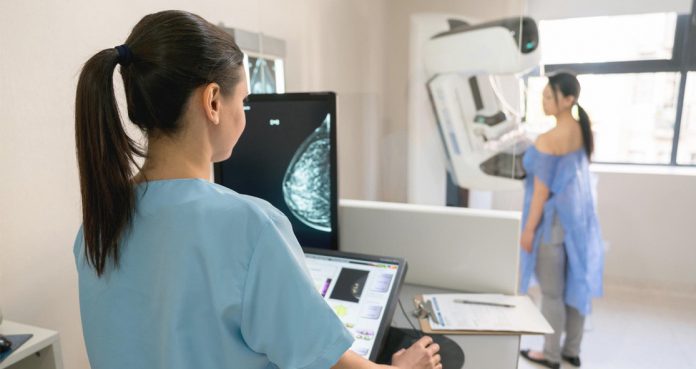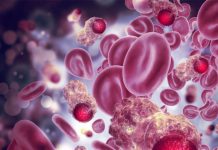October is Breast Cancer Awareness Month and there is no denying that the disease has affected millions of people in some or the other way.
In the United States, at least one in eight women will be diagnosed with breast cancer in her lifetime, while 1 percent of men may also have this deadly disease.
With no family history of breast cancer, Dianne Munroe undergoes a mammogram and gets screened every year. She said, “This is a test that people maybe don’t keep on their radar as much as your other tests.I didn’t expect it. I didn’t think I had any risk factors or anything.”
However, she opted for a 3D mammogram this time, which changed her results. She said, “Thankfully because of this machine it was very early-stage breast cancer.”
Her doctors mapped out a treatment plan almost instantly.
3D mammogram is an innovative imaging technology used to screen for breast cancer in those who are asymptomatic. It also helps to investigate breast problems such as a breast lump or mass, nipple discharge, and pain.
The technique collects the images that are synthesized by a computer, forming a 3D picture of the breast. The machine also collects the images of a 2D mammogram when it comes to breast cancer screening.
Diane’s doctor, Dr. Ani Fleisig, explained why the innovative machine helped Diane.
“She has more dense breast tissue and that really did help detect her early-stage breast cancer,” said Dr. Fleisig, a Surgical Oncology Specialist in Burien, Washington.
Dr. Fleisig explained that the 3D mammogram is especially important for women who have dense breast tissue and the technology allows clinicians to look deeper into the tissue.
She said, “Instead of having just one piece of paper in terms of the mammogram, 3D uses digital technology to make essentially a 3D reconstruction. So instead of one page, you are actually looking at pages, like as if you are looking at a book. You can see every, every layer.”
Dr. Fleisig also explained that the 3D mammogram has been clinically proven to be more successful than the 2D mammogram when it comes to early detection.
She added, “Whenever you can find something that’s smaller, that usually indicates that it’s an earlier stage, and when you can detect something, earlier stage patients have better overall outcomes.”
Dr. Fleisig recommends talking with your doctor about when to get started for screening with 3D mammogram. Medical providers usually advise women to start with their annual screenings when they are between 40 and 45.
The oncologist also said that lifestyle modification plays an important role in preventing breast cancer. She recommends having a healthy diet, cutting down processed foods, limiting alcohol intake, quitting smoking, and working out at least 3 to 4 times a week.





















